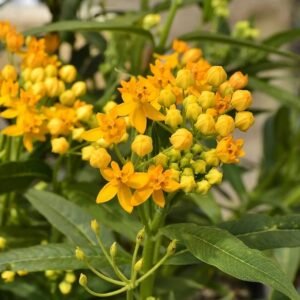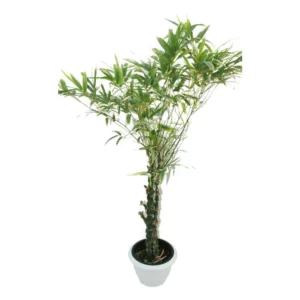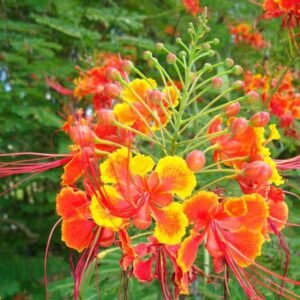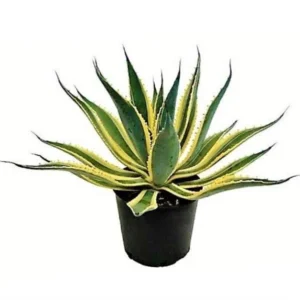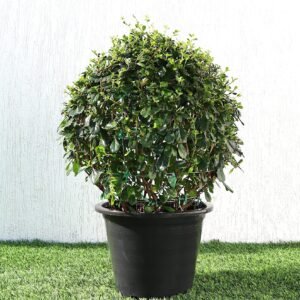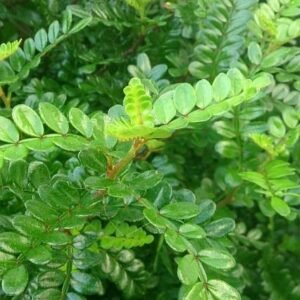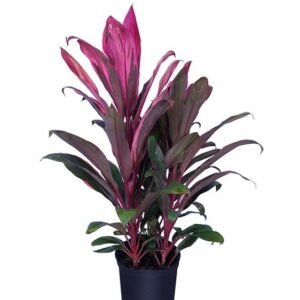Damas tree
| Scientific name | Conocarpus lancifolius |
| Common name |
Damas tree |
| Temperature | 25-35 °C |
| Humidity | 40-50% |
| Light | Full sun, and partial shade |
| Watering | Water everyday &keep moist |
| Pests | Mealy bug |
| Pet friendliness | Toxic to pets and humans |
| Maximum plant height | 20 m |
| Potting mix | Potting soil/red soil/manure/perlite |
| Pot requirement | Good drainage & repot every 1-2 years |
| Nutrition | Apply manure for first 15 days and npk for next 15 days |
| Pruning & training | Remove dead & diseased leaves with sterile shears |
| Common color & season | |
| Description | There is some confusion about the botanical name of this less common relative of c. Erectus, and it has also been referred to as c. Lanceolatus, c. Latifolia and anogeissus latifolius. C. Lancifolius has a more open habit than c. Erectus, and its leaves are longer, narrower and grey, rather than lush green. Native to coastal and riverine areas of eastern africa and yemen, Damas tree is to be found all over the arabian peninsula. The smell of the fluffy yellow green flowers in spring and autumn is unpleasant to some people, especially at night time, in winter and when damp after rainfall. The tree’s wood is dense and suitable for charcoal: goats browse on the young leaves. It is highly salt and drought tolerant, and planted in afforestation projects. The c. Lancifolius tree also plays a role in remediating heavy metal and oil-contaminated soil. It makes an attractive specimen tree and has all of the properties attributed to c. Erectus. Silver buttonwood (c. Erectus var. Sericeus) is a variety that usually grows as a low branching shrub; under ideal conditions, Damas tree will become an attractive tree up to 20 m tall with a spread of 6 metres. The evergreen leaves are oblong to lance shaped, up to 10 cm long and covered with silky hairs, which gives a beautiful silver grey colour which sparkles in the sun. It has great ornamental value. |





